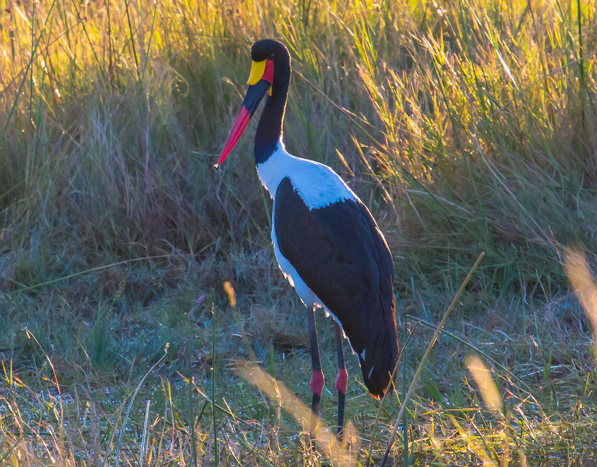Eastern South Africa, March 2021
If you search “safari” in Google, you get loads of history about Safari … the web browser. It takes changing the search terms to find anything useful. The word safari comes from the Arabic verb “safar,” meaning, “to make a journey.” The Swahili picked up the word, probably from bumping against Arab traders making their rounds up and down the continent. In Swahili, it’s “safariya,” a noun that means long journey. From there we get safari, still in its noun form.
















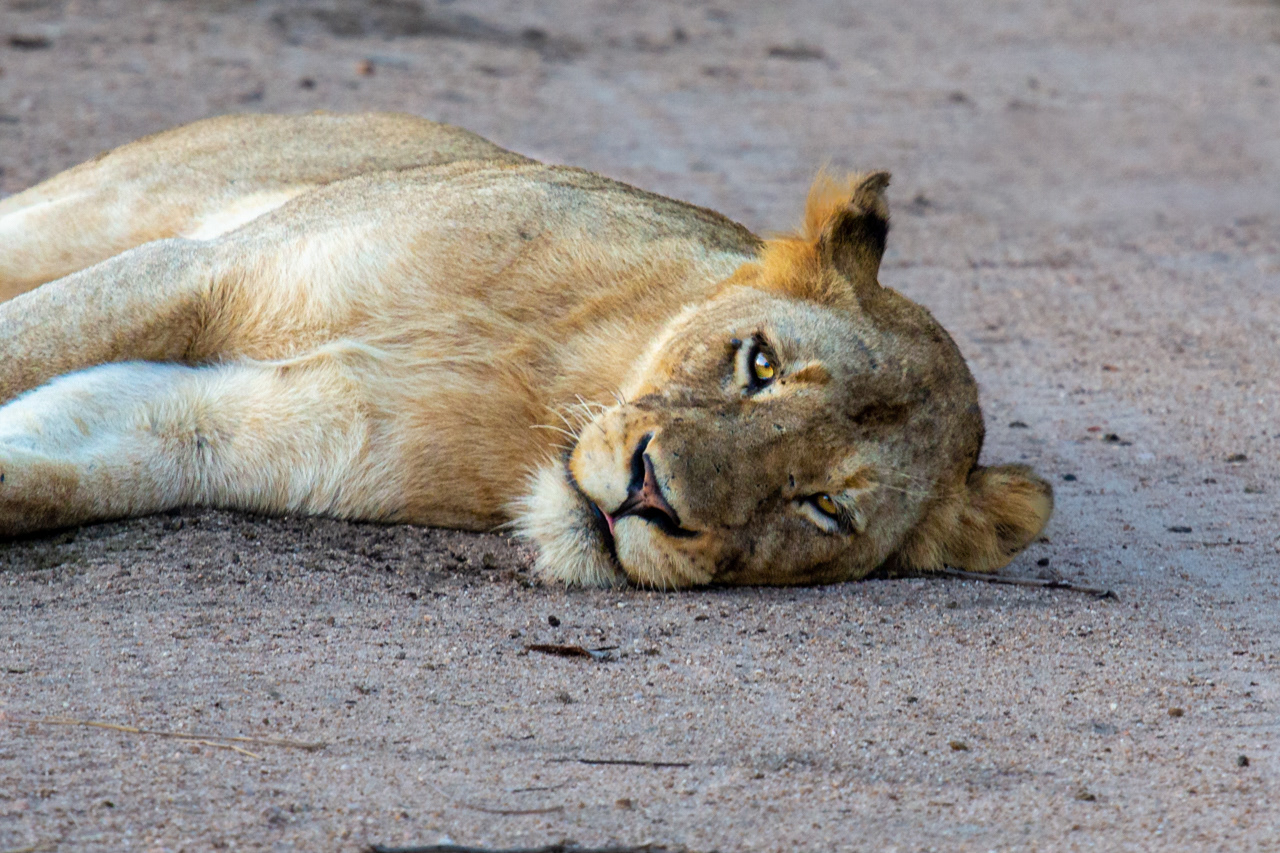
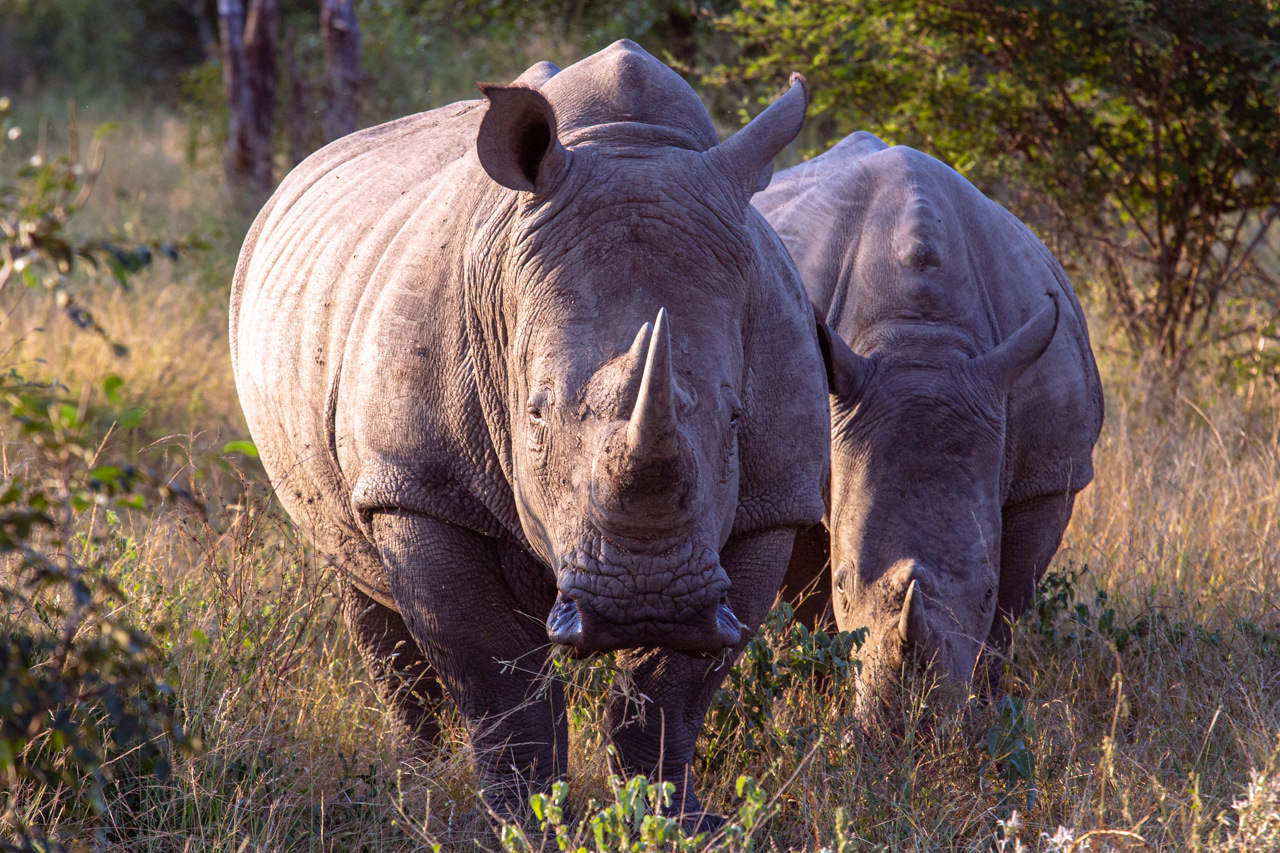

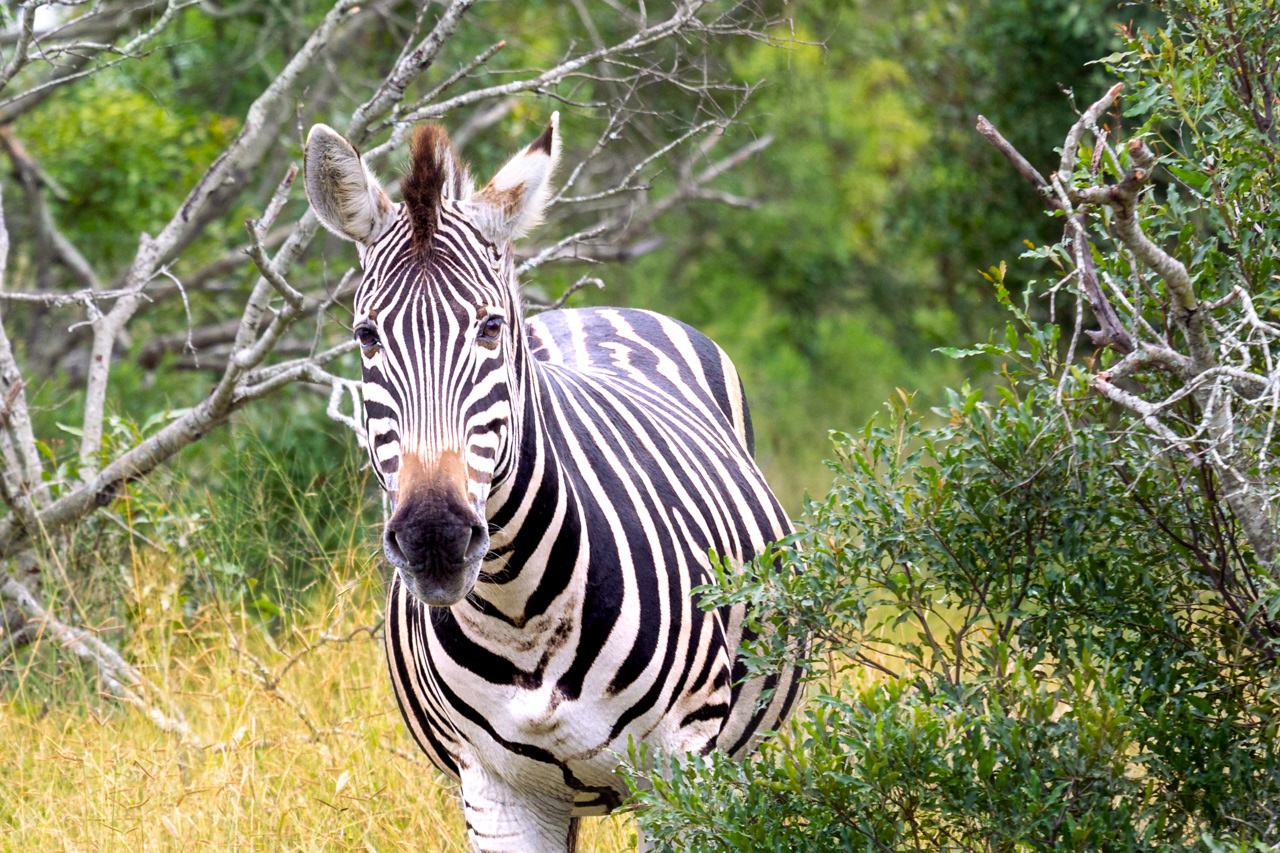






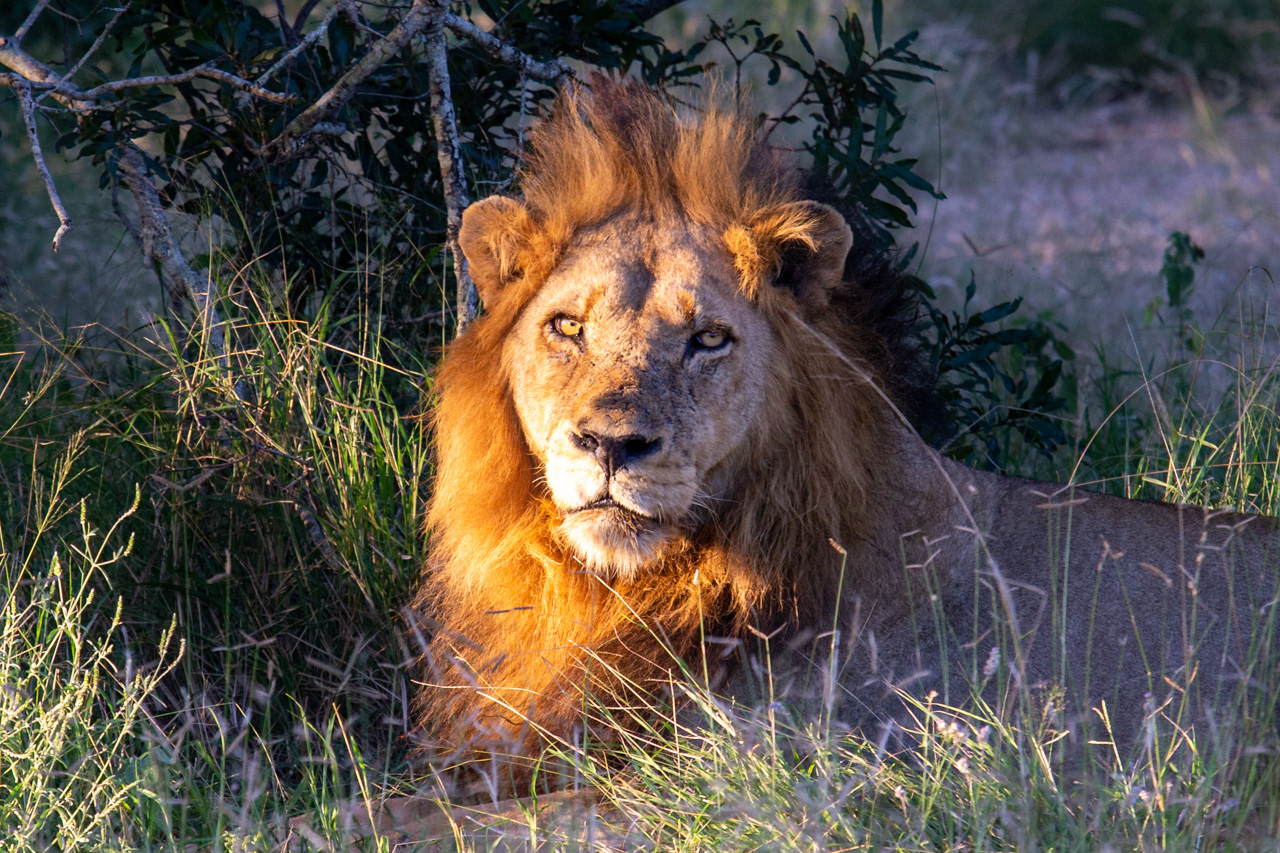


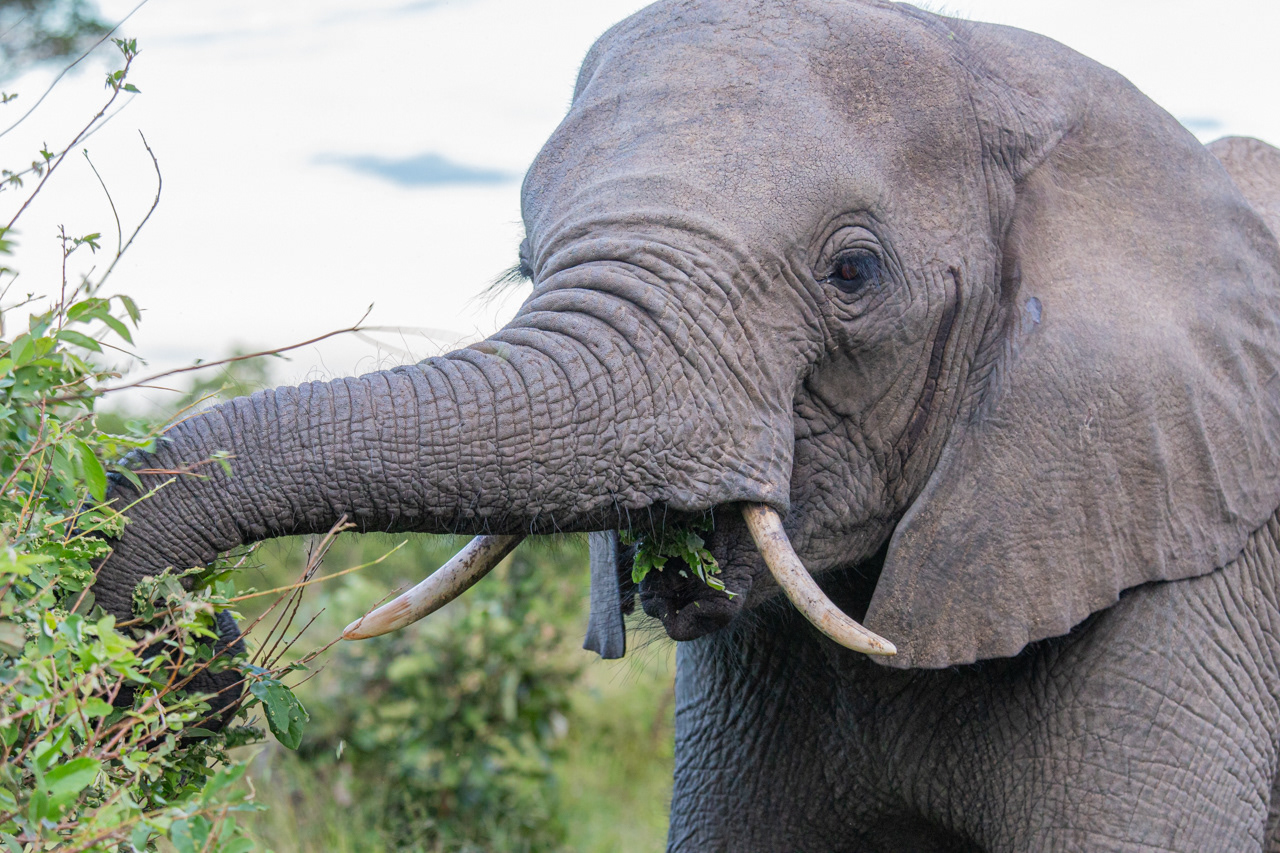




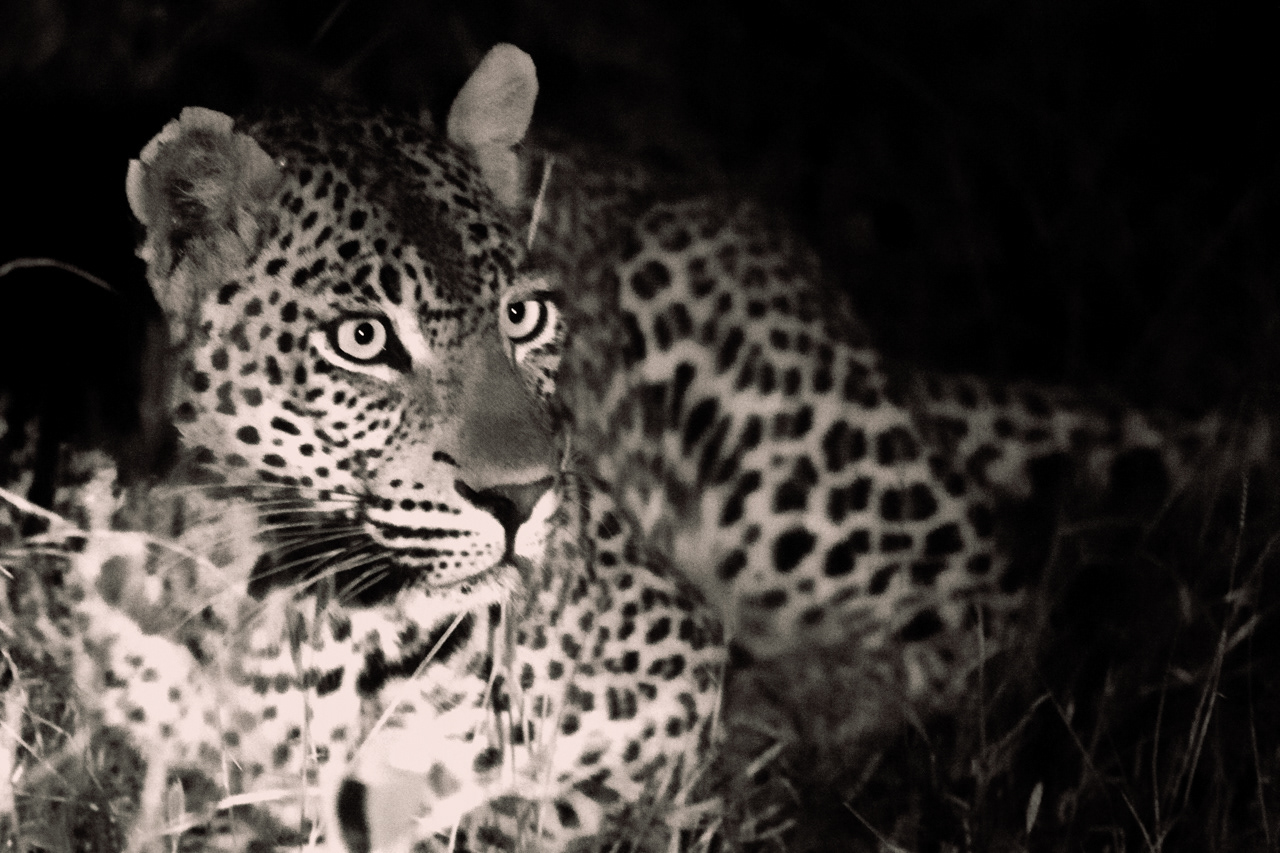






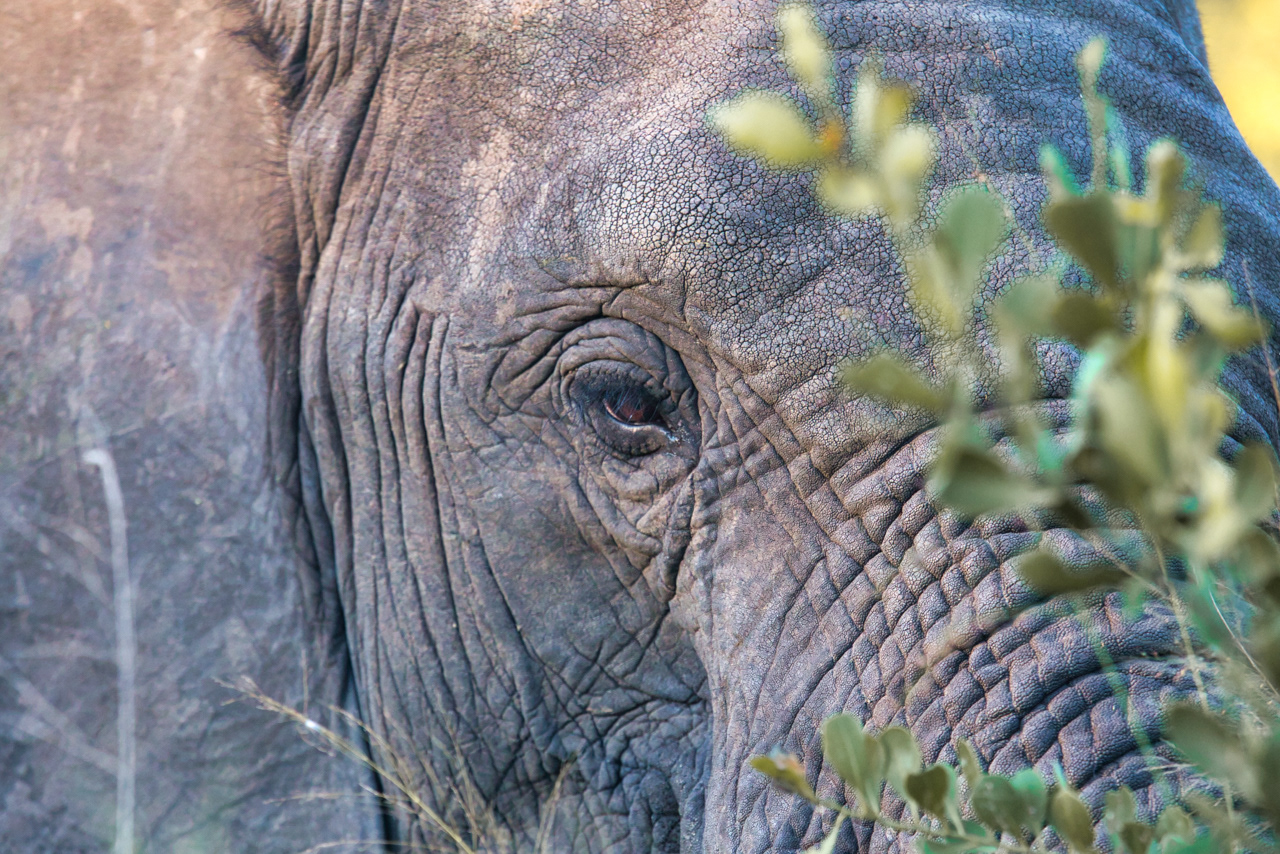

The original safari involved scores of staff (likely enslaved workers) hauling large volumes of equipment, all for the comfort of the white hunters, who brought back dead animals for study and to satiate their egos. While these animals are now protected, “the hunt” continues and when we find something, like a lion or leopard, our hearts jump just the same as the hunter’s of old did. It’s a thrill. You feel like you won something, a chance to glimpse an animal that evolved to be undetected.
We wake at 5 and are typically mobile by 5:45. Each drive lasts about 3 to 4 hours, and varies depending on activity levels. By 4 we are back on the vehicle and searching again. The late morning and afternoon are spent catching up on sleep and personal hygiene. Apex predators do very little during the day, and the prey mostly graze and lounge in the hot sun. Most activity happens overnight, starting at dusk and ending at dawn. Those are the times we ride around. The schedule is tough, because you must have a bit of self discipline to ensure you don’t drink too much or sleep too little.








